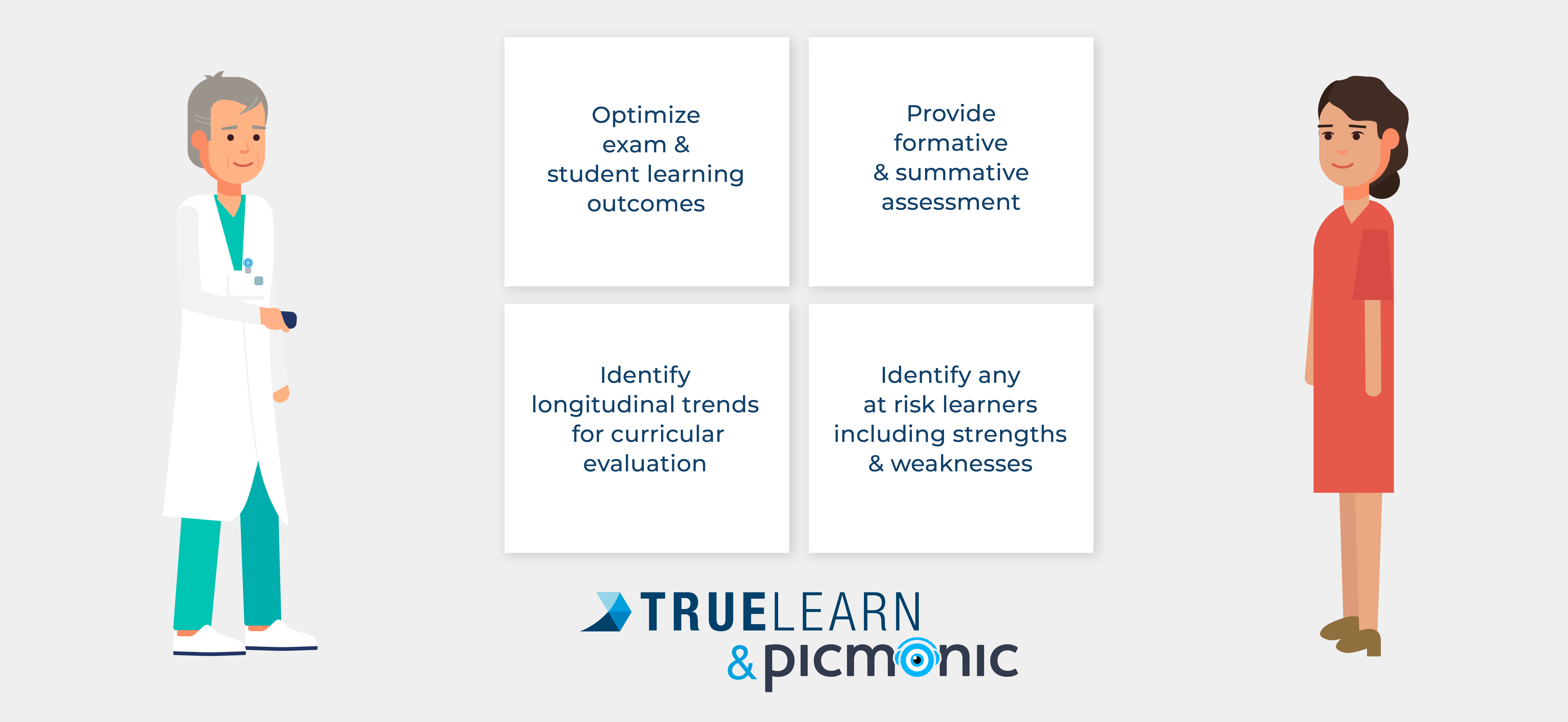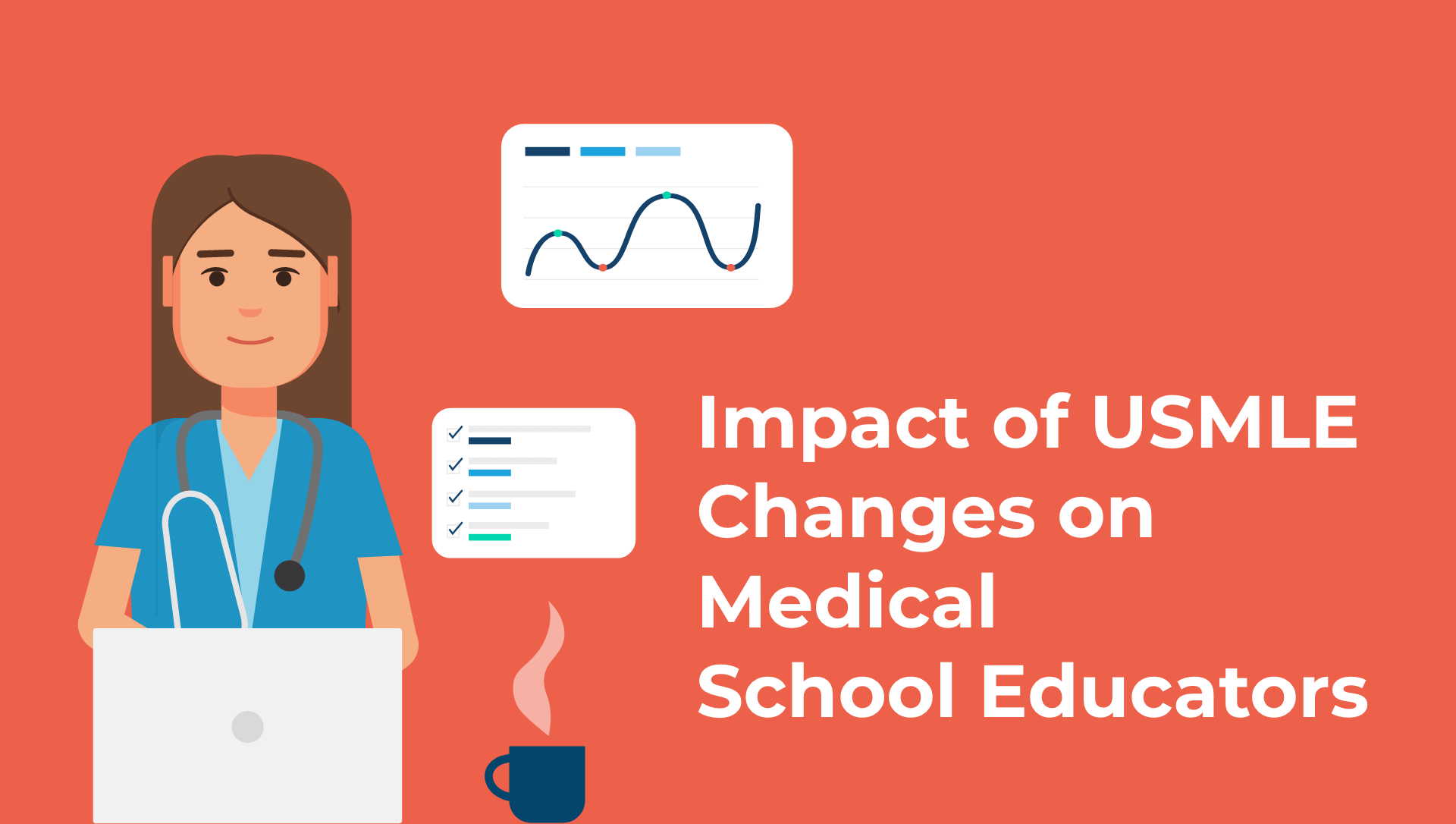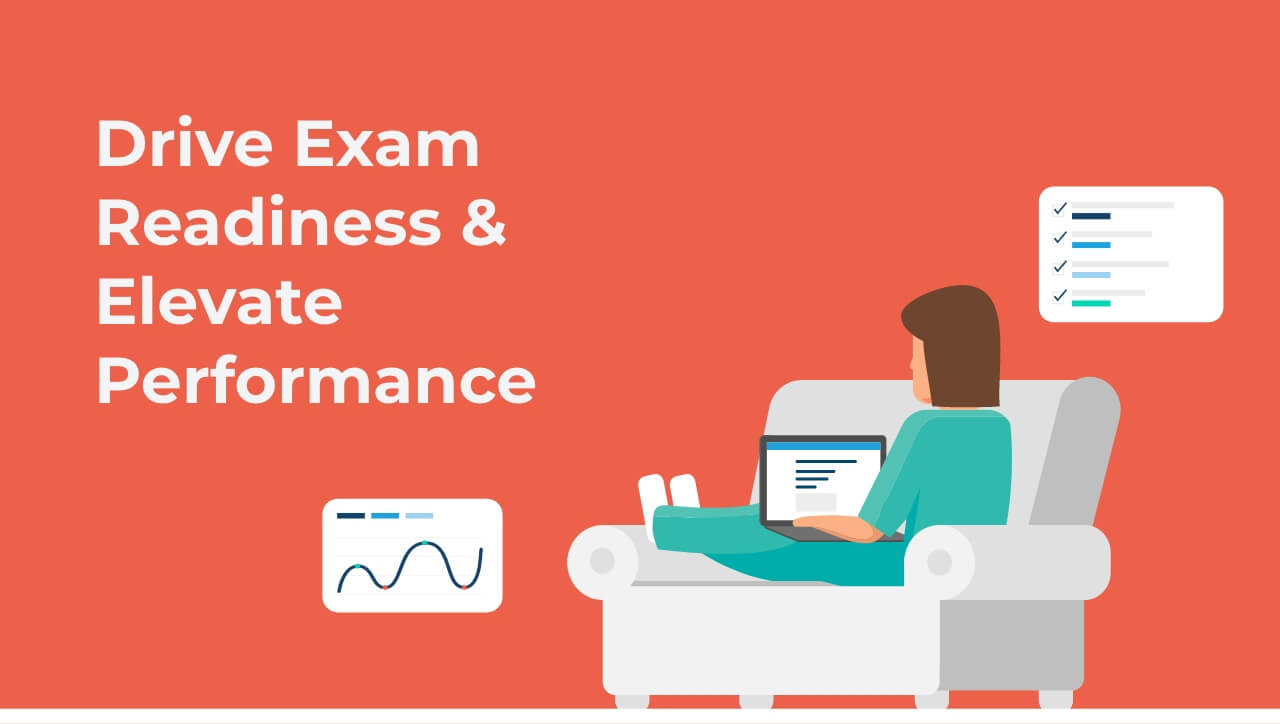Maximize Learning and USMLE® Pass Rates with Evidence-Based Learning Strategies
Programs looking to elevate learning and maximize USMLE® results know that they must equip faculty with the right resources that let them effectively deliver those objectives while overcoming key challenges.
The ideal tool should enable educators to easily integrate evidence-based learning strategies—such as practice retrieval, spaced repetition, varied practice, and interleaving—into the curriculum to support traditional lectures and classroom activities. It’s equally important that the tool provides access to critical performance data so educators can identify at-risk students quickly and early enough to implement curricular improvements and remediation in a timely manner. That way, educators are equipped to improve students’ chances of outperforming on the USMLE® while helping programs regulate pass rate fluctuations.
The solution can be found in the integrated TrueLearn-Picmonic solution that pairs evidence-based learning strategies with a robust data analytics engine, empowering medical educators to drive optimal academic and USMLE® outcomes.

Why medical schools should integrate evidence-based learning resources into the curriculum
The time commitment needed for item-writing and preparing classroom learning activities for students is significant. Medical school educators juggling teaching, committee service, scholarly work, clinical duties, and other professional and personal responsibilities may find little, if any, time to facilitate such activities.
TrueLearn’s solution provides educators with ready-to-use resources that easily integrate into the curriculum to activate evidence-based learning and also board prep, including formative and summative assessments to track progress and spot knowledge gaps.
Not only does this lighten educators’ workloads but it also reduces the need for students to choose between two competing priorities: attend class or use the time for exam prep. When faculty can optimize their academic hours, they are modeling to students how to embrace an integrated study approach that limits missed learning opportunities. Faculty can also spend less time on remediation. Additionally, when faculty drive exam prep through regular assessments and active learning experiences spaced throughout the curriculum, students develop continuous learning habits that are crucial to their future success.
How TrueLearn and Picmonic enhance long-term retention and knowledge building
TrueLearn and Picmonic were built on the principles of cognitive science and leverage proven evidence-based learning techniques such as retrieval practice, interleaving, varied practice, and spaced repetition to deliver engaged, active learning and simulated test-taking experiences.
Educators can merge resources from both platforms to enhance their lesson planning and teaching materials, accelerating students’ understanding of important topics and complex concepts. Spaced repetition, for example, has been shown to be effective in helping learners improve retention and recall by reviewing materials at increasing time intervals.1 This helps circumvent what Hermann Ebbinghaus hypothesized as the “forgetting curve”, whereby memories will fade over time unless efforts are made to retain them before the curve dips. TrueLearn and Picmonic utilize adaptive algorithms and data analytics to forecast when that’s likely to happen and send timely reminders to review the relevant information. Educators can create quizzes and reading assignments centered around those materials to help students keep the curve up.
At the same time, faculty can track if students are learning effectively and not foregoing attention to curriculum for exam prep, or vice-versa. This is how programs can steer optimal academic excellence, enhance first-time pass rates on USMLE® exams, improve students’ chances of matching with their desired residency, and protect the institution’s reputation.
Gain meaningful insights from performance analytics and longitudinal data
The key and objective data surfaced through TrueLearn’s data analytics engine provides faculty with real-time performance feedback on students’ strengths and weaknesses. It also highlights learning and comprehension gaps so that at-risk students can be identified early, remediation can occur proactively, teaching can be more efficient, and optimal exam and medical school outcomes can be obtained.
TrueLearn also arms medical school leaders with longitudinal performance analytics and in-depth reporting capabilities to surface actionable insights on cohort progress as well as pinpoint curricular trends. With these insights, deans can effectively identify curricular gaps, set goals, and track improvement.
TrueLearn and Picmonic are trusted by medical schools nationwide to deliver a powerful, positive impact on student learning and exam outcomes. By leveraging science-proven teaching and learning strategies, educators are empowered to guide students effectively and efficiently through the medical curriculum to prepare them for optimal performance on the USMLE® and NBME® exams.

Want to learn more about how TrueLearn can help your institution maximize USMLE® pass rates and meet curricular goals?
References & Footnotes
1 Kang SHK. Spaced repetition promotes efficient and effective learning. Policy Insights From the Behavioral and Brain Sciences. 2016;3(1):12-19.doi:10.1177/2372732215624708
2 Imran JB, Madni TD, Taveras LR, et al. Assessment of general surgery resident study habits and use of the TrueLearn question bank for American Board of Surgery In-Training exam preparation. the American Journal of Surgery. 2019;218(3):653-657. doi:10.1016/j.amjsurg.2019.02.031
3 Yang A, Goel H, Bryan M, et al. The Picmonic® Learning System: enhancing memory retention of medical sciences, using an audiovisual mnemonic Web-based learning platform. Advances in Medical Education and Practice. May 2014:125. doi:10.2147/amep.s61875
*The USMLE® and National Board of Medical Examiners® (NBME®) subject exams are trademarks of the National Board of Medical Examiners. This content is not endorsed or approved by NBME.


